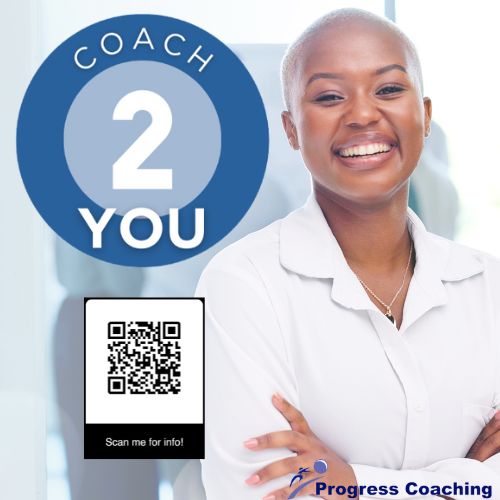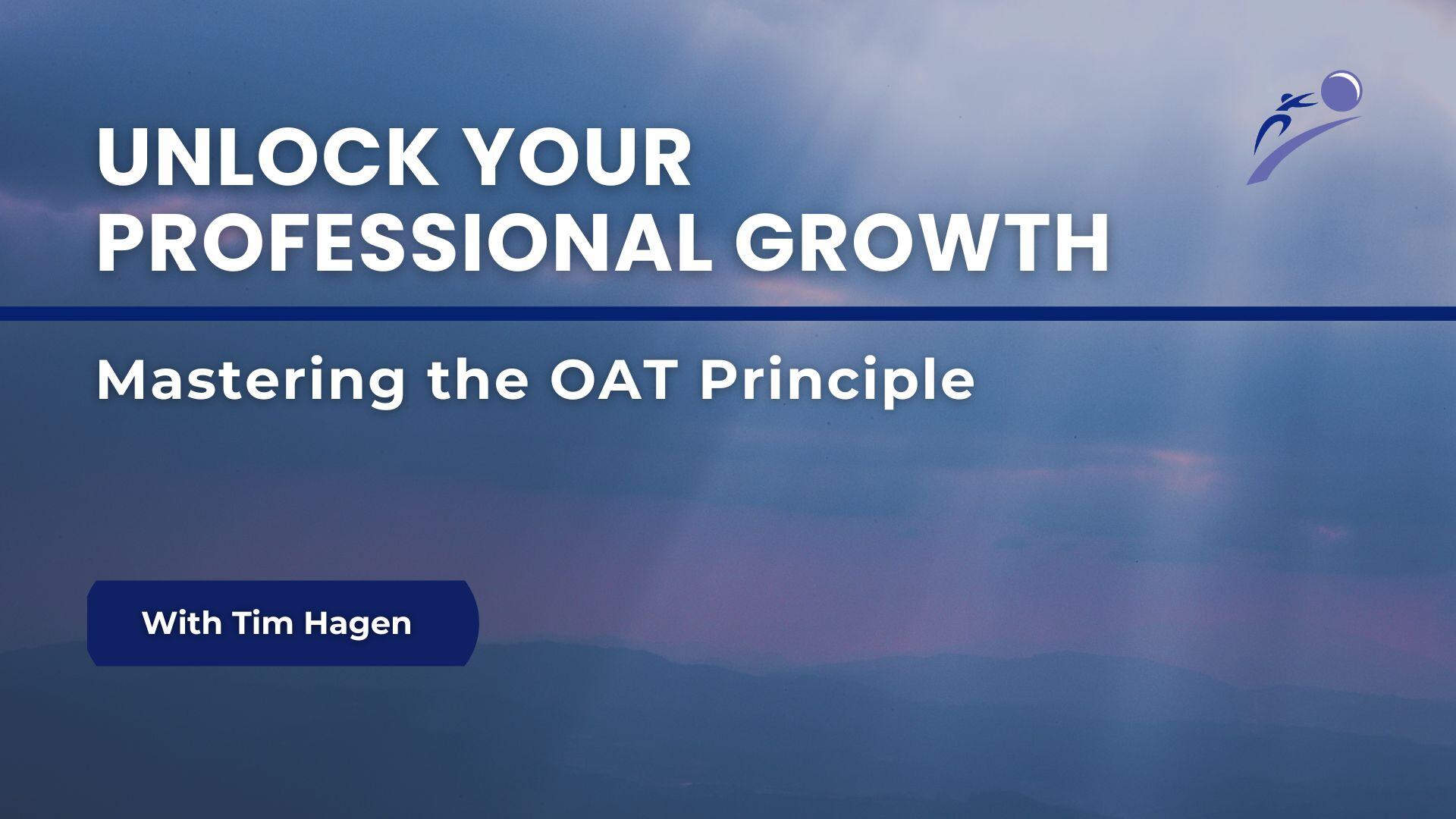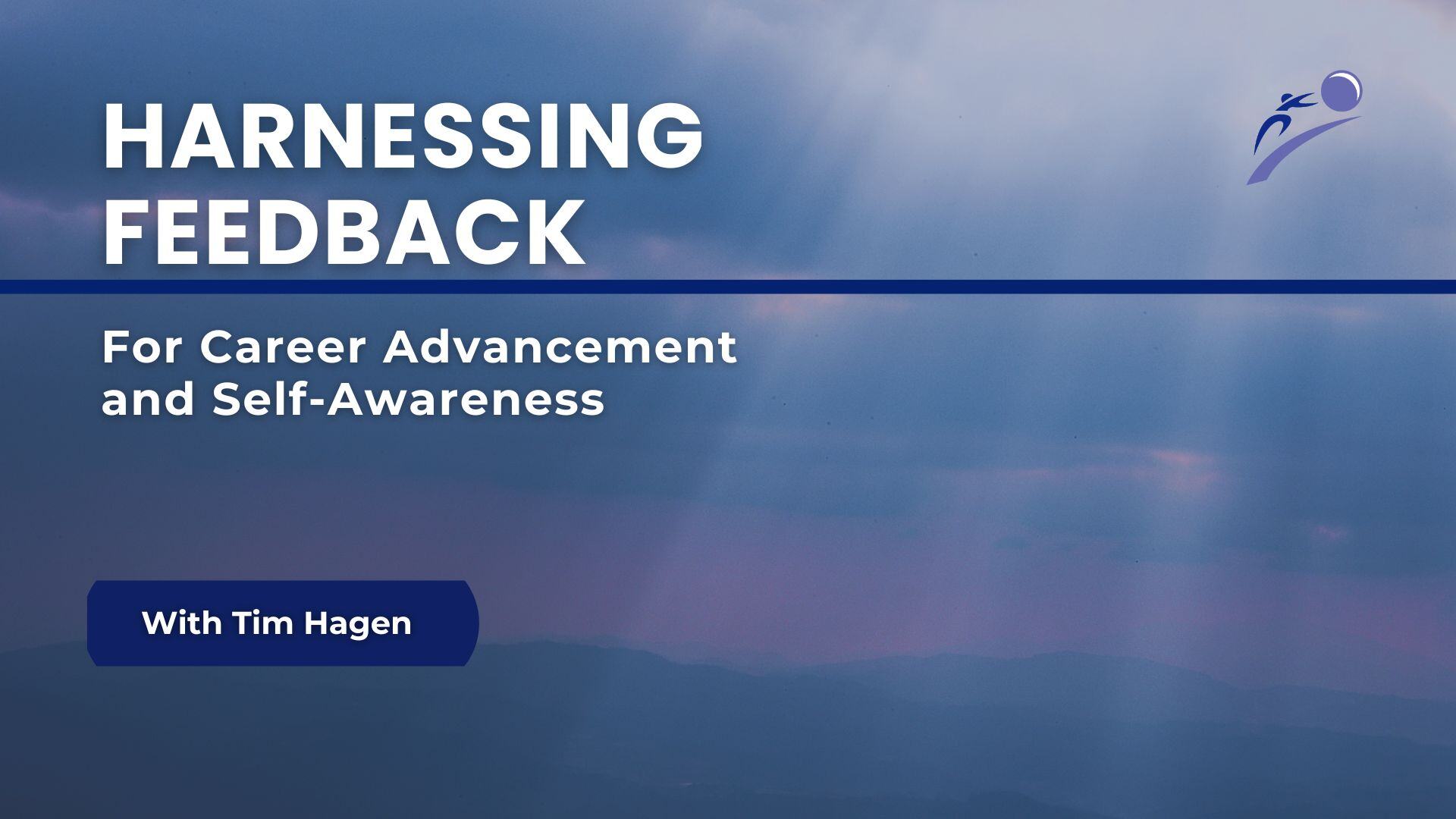Unlock the transformative power of self-coaching, where we dissect the true purpose of coaching. It's not about changing others but about providing a perspective that empowers personal choice and change. We unravel the enlightening insights from Gallup's annual study, which reveals a startling lack of employee engagement and the crucial need to focus on strengths for strategic self-improvement. We show how to master the art of dovetailing—a coaching technique that combines acknowledging strengths with gentle guidance toward improvement. Step into the role to be your own best coach as we teach you how to harness your strengths and address areas for growth.
Through the power of self-reflection and effective self-dialogue, we explore how to create a more fulfilling and engaged life, both personally and in the workplace. Get ready to reshape the way you view self-improvement, and let us show you how to turn your untapped potential into your greatest asset.
One of the greatest things that we can do for our own development is to coach ourselves. We often think about coaching as someone who coaches us or someone who we coach. One thing that we often miss in the fundamentals of coaching is the overall purpose of coaching. The purpose of coaching is not to change someone. The purpose of coaching is to give someone perspective so they can make the choice to change.
If you have someone with a negative attitude that you're coaching and you want to change their attitude, you don't control that. Where do we start? First of all, we have to know our strengths. When we know the good things about ourselves and are aware of our strengths, that does not mean we turn a blind eye to the things we need to improve.
Gallup's recent annual study revealed that in the workplace, 71% of employees today are neutral or actively disengaged, meaning they're negative. Only 29% are positive or actively engaged. They also report that when you lead with people's strengths, people engage eight times more. So, I'm going to teach something that you should do for yourself and that you can do for other people when coaching. It's called dovetailing.
Dovetailing is leading with people's strengths. For example:
First, you say something along the lines of, "You know, Tom, here are the three things that I love about working with you. You know our processes, you know our products, and you're easy to work with, and..." not but... "and I think about time management becoming one of your strengths. What goes through your mind and what do you think we could do to facilitate that?"
Lead with people's strengths. It builds momentum and positivity in the relationship. You insert the word and (leave your buts at home), and then you address the area of opportunity to improve, in this case, time management. When you do that, you help people feel good about getting better. That's why there is a power in strengths.
Know your strengths, know the strengths of your people, and when you're coaching yourself, know your strengths. You can have the same conversation with yourself.
"I do A, B, C, and D really well, and what would happen if I really improved my ability to handle conflict (for example)?"
Make a list of your strengths. It seems crazy because we're always making lists. We're always doing New Year's resolutions around the things we need to improve.
LEARNING PROJECTS FOR SELF-DEVELOPMENT
-
Ask the person you're coaching to identify areas they feel they have an opportunity to excel in or skills they can learn that will support their strengths. Have them write out a list of action steps they can take to address those areas or skills.
-
As they learn those skills, ask the person you're coaching to teach you what they have been learning to help reinforce those lessons.
-
Ask the person you're coaching to write down 2 examples of where they've taken more proactive steps in their self-development and the success they experienced.
-
Ask the person you're coaching to share their development plan with you with periodic 'check-ins' to see how they are progressing on their self goals.
Want to boost your leadership skills? Sign up for this FREE COURSE, Lead with Impact: 6 Steps to Build a High-Performance Coaching Culture in Your Organization. It's easier than you think.
This course is a 7-day set of video lessons sent to your email throughout the week. You can watch the recorded lessons on your own time at your own pace.
More info here: https://upvir.al/156009/lp156009






